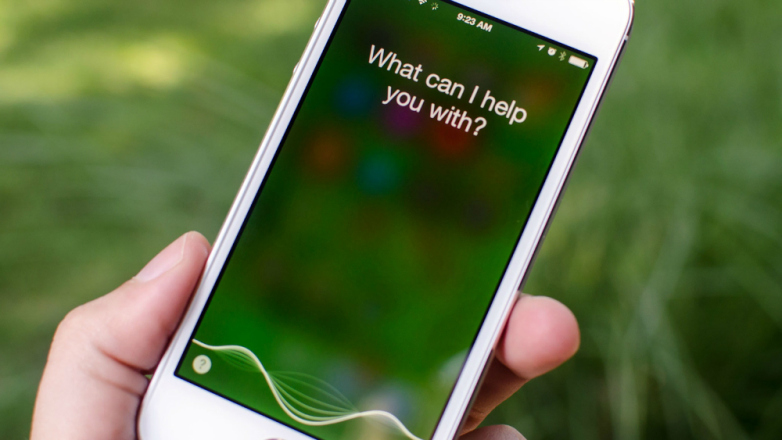These days, people has grown dependent on mobile phone usage. However, not all technology has been discovered yet. Automatic speech recognition technology or ASR such as Cortana, Siri, Alexa and Google Now can be used as long as you know English, but if you speek a different language like Arabic or Dinka or Filipino, will Siri be able to finally recognize it?
University of Illinois Urbana – Champaign Beckman Institute technologians have been figuring out the way to teach these ASR systems new language and dialects, in order to extend the reach of mobile usage worldwide. Lead researchers Preethi Jyothi and Mark Hasegawa-Johnson are tasked to define and decode critical mass of audio transcriptions that can be established to an ASR. The challenge is in pulling off a large number of native speakers for low-resource languages to sit for transcription all day.

Page Contents
How to Teach Siri to Learn New Language: Challenges
This thought paved way for the project to source transcriptions from non-native speakers and be able to get quality results. What they did is for transcribers to listen to language audio and write them down phonetically to aggregate transcriptions and cross-check errors. This lessens the error rate on ASR.
Jyothi explained: “By getting transcriptions from several non-native speakers, the system is able to determine what the speech approximately sounds like to a human ear. That, combined with a dictionary of valid words in the language lets the system make a fairly good guess of what was actually spoken. This system is then used to produce data that is used to train a final ASR system, which does not rely on non-native transcribers at all.”
As of the moment, Arabic, Dutch, Hungarian, Urdu and Swahili have been covered. The ASR technology can be used pretty decently for these languages a start. However, layers of accents and colloquialisms can make geographic dialects a different form of the other.
ASR for Arabic, for instance, is depended on Fusha or Modern Standard Arabic. However, it is rarely used and is very formal in nature. Translating sounds without having spelling in all languages is another challenge – click consonants used in languages in South Africa’s Zulu is one example.
Challenges ahead include how to translate sounds that don’t necessarily have a spelling in all languages– such as click consonants used in the Zulu language, a widely spoken language in South Africa. They’re also still trying to figure out how long it will take to get these systems robust enough to use in everyday life.
How to Teach Siri to Learn New Language: Implications
Technology expansion can pave way for modern ways for different industries to prospers. For example, farmers can call services for quoting on agricultural commodities. Such can be done for fishermen to search present prices. Tourists can learn directions in a new city if ever we find out how to teach Siri to learn new language.
Government institutions can also conduct phone calls and communicate with locals with ease. Communities can be established as platforms for citizen journalism. Communication in disaster coordination and relief operations can be way more relatable.
It also provides economic opportunity for businesses who wants to use the technology for their own business and communication. Hasegawa-Johnson futher added: “We want to make it possible for a company that wants to create a speech recognition product, a cell phone app…in a language that doesn’t currently have such a product,” he said. “We want to lower the cost of entry in product.”
Truly, there are a lot of things it can offer when we explore how to teach Siri to learn new language.
For now, what can be done is to use Siri to learn new language.
In iOS 11, Siri have several improvements such as ability to translate words and phrase to different languages. Such can be very useful to overseas travelers. Siri can now translate English to French, German, Italian, Spanish and Mandarin.
How to use Siri to Learn New Language in iOS 11
- Hold down on the iPhone’s Home button or say “Hey Siri.”
- Say something like “Translate [word or phrase] into [your chosen language].”
- Tap the play button to have Siri say the phrase again.
